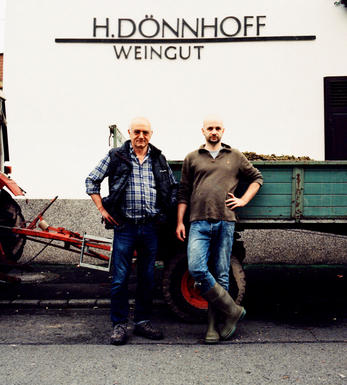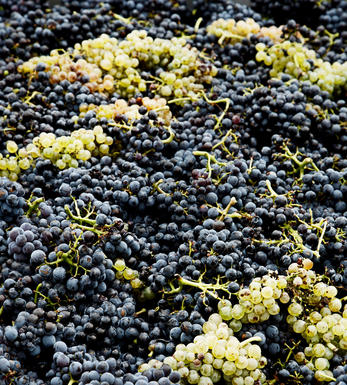
About this WINE

Dönnhoff
The Nahe River flows north into the Rhine at Bingen – located at the western end of the Rheingau. The best wines from the Nahe have been described as having the Rheingau’s elegance, the Rheinhessen’s body and the Mosel’s acidity.
There are several outstanding producers in the area, with the most celebrated being Helmut Dönnhoff. He produces some of Germany's finest Riesling wines from the world-famous Niederhausen and Schlossböckelheim vineyards. Several of his notable wines also come from the less-well-known Norbeim and Oberhausen vineyards.
His Kabinett and Spätlese wines are exceptionally rich with complex, with intense mineral overtones. They are delicious when young but have the potential to improve for up to 10 years, with the top wines lasting even longer.

Pinot Blanc
A white grape which is grown in Alsace, where it is sometimes referred to as Clevner or Klevner, and in Germany and Austria, where it is known as Weisseburgunder. In Italy it is called Pinot Bianco and is planted widely in Friuli-Venezia, the Alto Adige and the Veneto.
It is the workhorse grape of Alsace, where it is used to make varietal Pinot Blanc, is part of the blend for Edelzwicker, and is increasingly the main component of Cremant d`Alsace. It lacks the aromatic qualities of other Alsatian grape varieties and may not be used for the production of Grand Cru or late harvest wines.
At its best it produces light to medium-bodied, crisp dry white wines with hints of apples, honey and yeast and a refreshingly pure and clean finish. It normally sees no oak, though in the Alto Adige it is often fermented and matured in oak barrels.



Buying options
Add to wishlist
Description
Dönnhoff’s Weissburgunder is a dry (4grams/litre residual sugar), pale wine, redolent of white peach and pear. The palate offers a sense of ease, pithy flesh, plenty stewed fruit, a delicate medium body, masses of phenolic extract, all in perfect balance. The wine has been vinified in large old oak. Drinking 2014 - 2020
David Berry Green
wine at a glance
Delivery and quality guarantee